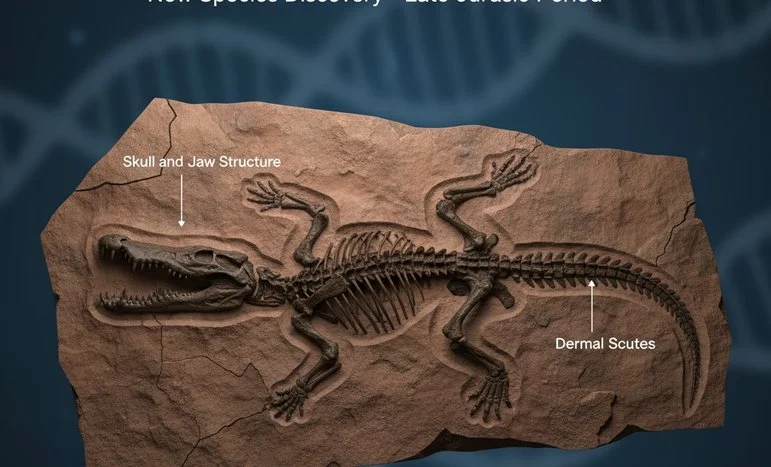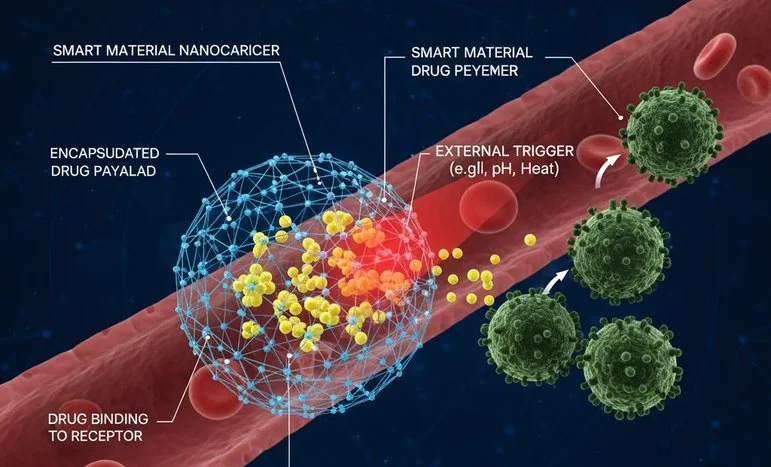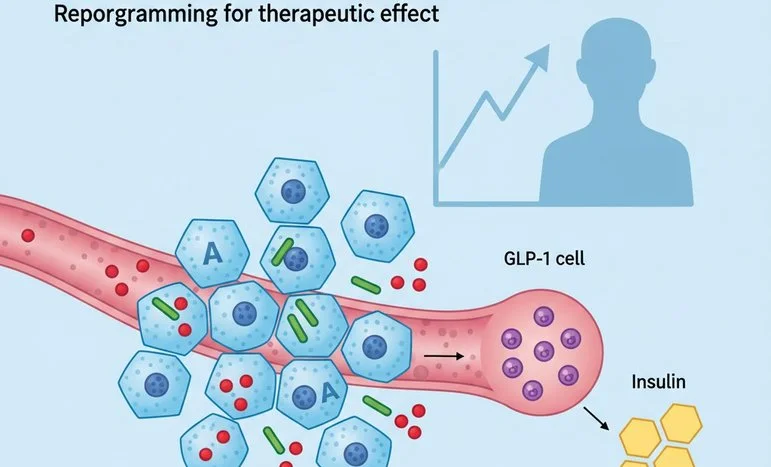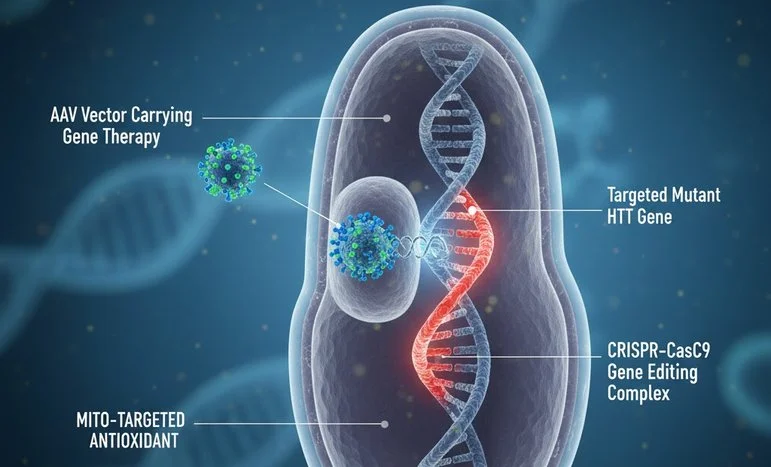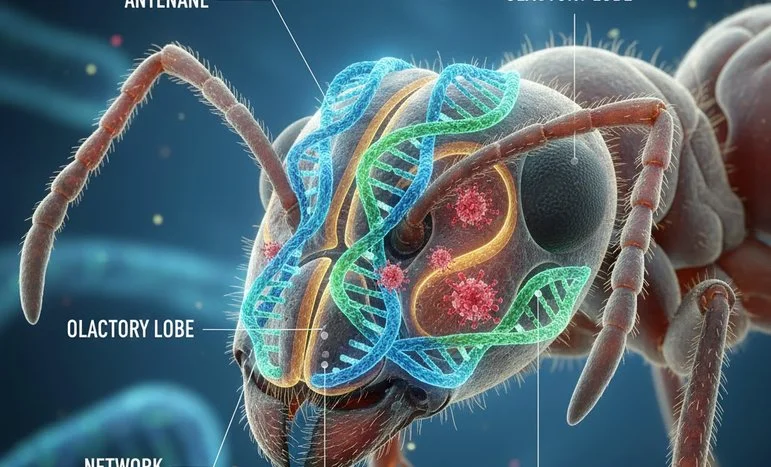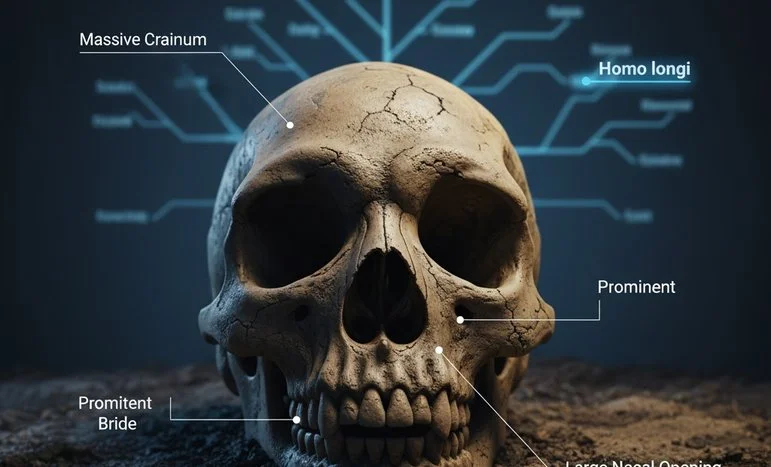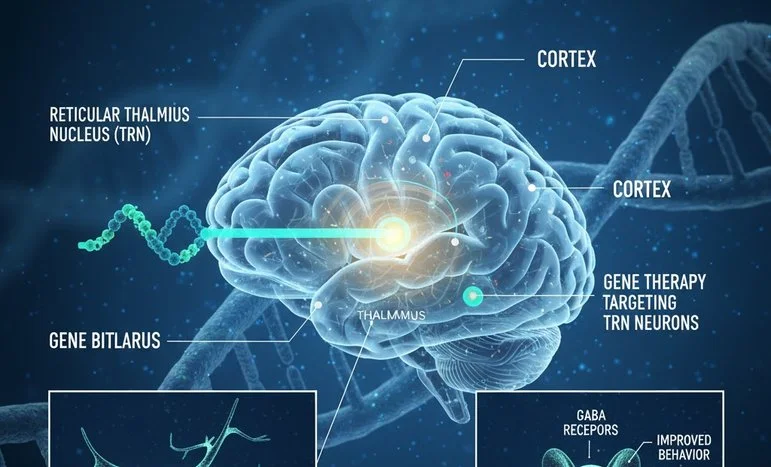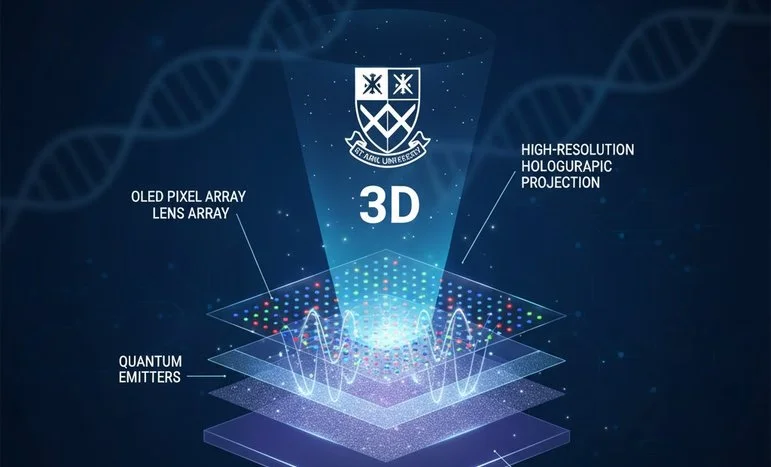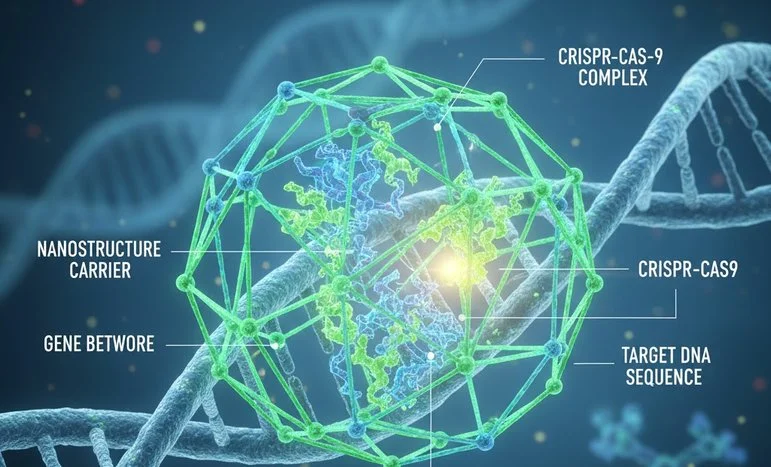
CRISPR Revolution: Northwestern Scientists Boost Gene Editing Efficiency Threefold
CRISPR Revolution: Northwestern Scientists Boost Gene Editing Efficiency Threefold
The field of gene editing has reached another milestone. Scientists at Northwestern University have developed a nanostructure that makes CRISPR gene editing three times more effective, while also being safer and less toxic to human cells. This innovation could mark a turning point for the treatment of genetic diseases, moving CRISPR closer to mainstream medical use.
Understanding the CRISPR Promise
CRISPR-Cas9, often described as the “molecular scissors” of biology, allows scientists to precisely cut and edit sections of DNA. Since its discovery, CRISPR has held the promise of curing hereditary diseases such as sickle cell anemia, cystic fibrosis, and Huntington’s disease.
Yet, despite its revolutionary potential, one major barrier has persisted — delivering CRISPR components safely and effectively into human cells without causing unintended damage.
Traditional delivery methods, such as viral vectors or lipid nanoparticles, can sometimes trigger immune responses or cause toxicity in cells. That limitation has been a bottleneck for clinical translation.
The Northwestern Innovation
Researchers at Northwestern University approached this problem from a nanotechnology perspective. They designed a self-assembling nanostructure made from bio-compatible materials that can encapsulate CRISPR-Cas9 complexes, protecting them until they reach the target cells.
Once inside, the nanostructure releases its genetic cargo efficiently, ensuring precise editing at the intended DNA site while minimizing unwanted effects. Early laboratory tests on human cells demonstrated a threefold increase in editing efficiency and a significant reduction in cellular stress.
Dr. Emily Zhang, one of the lead authors of the study, explained:
“Our nanostructure acts like a stealth delivery drone. It navigates through the biological environment safely and drops off the editing tools only when and where needed.”
Why This Matters
This advancement is not just about improving efficiency — it’s about safety and scalability.
In gene therapy, efficiency determines whether a treatment can be delivered in small, safe doses, while safety determines whether it can pass regulatory scrutiny for human trials. By addressing both, the Northwestern method paves the way for broader clinical applications of CRISPR.
It could also reduce treatment costs. Fewer side effects mean shorter testing cycles, faster approvals, and lower manufacturing complexity — factors that make gene therapies more affordable.
Medical and Ethical Implications
With greater efficiency and safety comes greater responsibility. The improved CRISPR delivery platform could accelerate efforts to treat genetic blindness, muscular dystrophy, and blood disorders. However, it also raises fresh ethical questions about how far humanity should go in altering genetic codes.
Bioethicists argue that as gene editing becomes safer, society must set clear boundaries between curing diseases and enhancing human traits. The possibility of “designer babies” — humans genetically optimized for intelligence, appearance, or performance — remains a controversial horizon.
Bridging the Lab and the Clinic
Translating this breakthrough from laboratory success to clinical reality will require rigorous testing.
The Northwestern team has begun collaborations with medical institutions to explore applications in neurological and hematological diseases. Early animal trials show promising results, with minimal immune reactions and stable gene integration.
If the technique continues to show safety in preclinical studies, human trials could begin within two to three years, according to the researchers.
Broader Economic Impact
The biotechnology sector is watching closely. Improved CRISPR systems could disrupt the global pharma market, particularly for conditions previously deemed “untreatable.”
Companies investing in gene editing — from startups to giants like Moderna and CRISPR Therapeutics — may adopt similar nanostructure strategies to boost efficacy and lower regulatory risk.
Venture capital funding in genetic medicine is already surging, reflecting growing investor confidence in technologies that merge nanoscience with gene therapy.
A Step Toward Safer Genetic Medicine
Ultimately, this breakthrough underscores a broader trend: the fusion of disciplines — biology, chemistry, nanotechnology, and data science — driving the next generation of medical innovation.
Gene editing is no longer just a biological challenge; it’s an engineering problem of precision, control, and safety. Northwestern’s solution shows that by thinking beyond biology, scientists can unlock a new era of safe and efficient genome correction.
The Road Ahead
While excitement is warranted, caution is equally essential. Long-term studies must ensure that these nanostructures don’t cause unforeseen side effects over time. Furthermore, equitable access remains a major concern — will these treatments reach only the wealthy, or can global health systems make them accessible to all?
The story of CRISPR, from discovery to refinement, mirrors the broader story of human innovation — the pursuit of mastery over nature balanced with the responsibility of using it wisely.
Key Takeaway
Northwestern University’s nanostructure innovation could transform CRISPR from a research tool into a reliable medical platform, dramatically improving the safety and efficiency of gene editing. As science moves closer to rewriting human disease at its source, society must also refine the ethical frameworks guiding its use.
We appreciate that not everyone can afford to pay for Views right now. That’s why we choose to keep our journalism open for everyone. If this is you, please continue to read for free.
But if you can, can we count on your support at this perilous time? Here are three good reasons to make the choice to fund us today.
1. Our quality, investigative journalism is a scrutinising force.
2. We are independent and have no billionaire owner controlling what we do, so your money directly powers our reporting.
3. It doesn’t cost much, and takes less time than it took to read this message.
Choose to support open, independent journalism on a monthly basis. Thank you.
